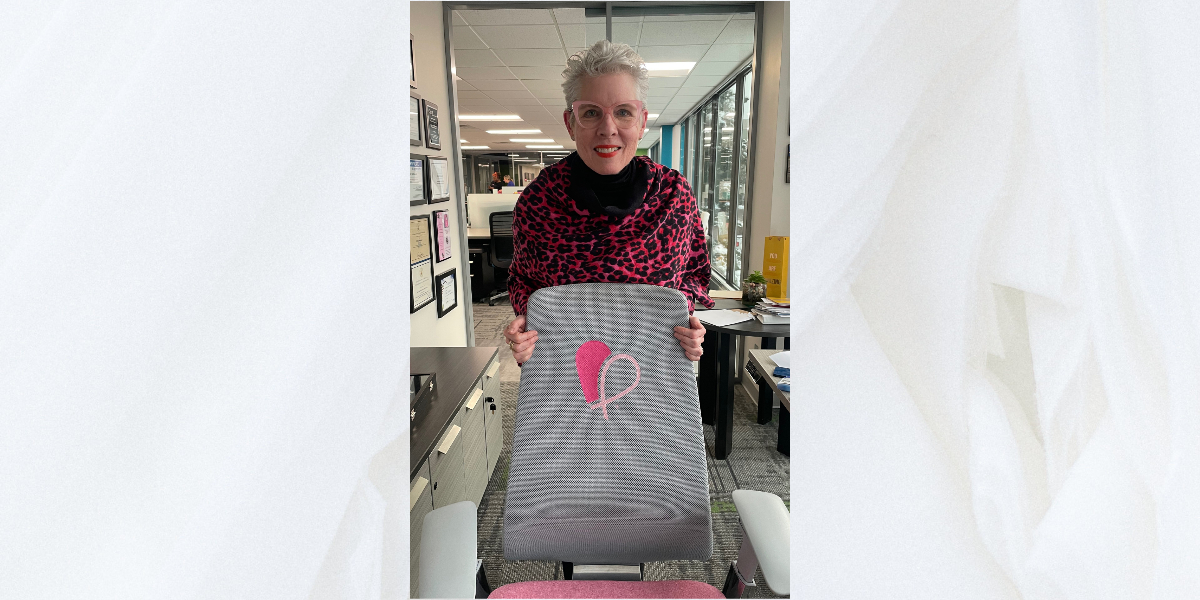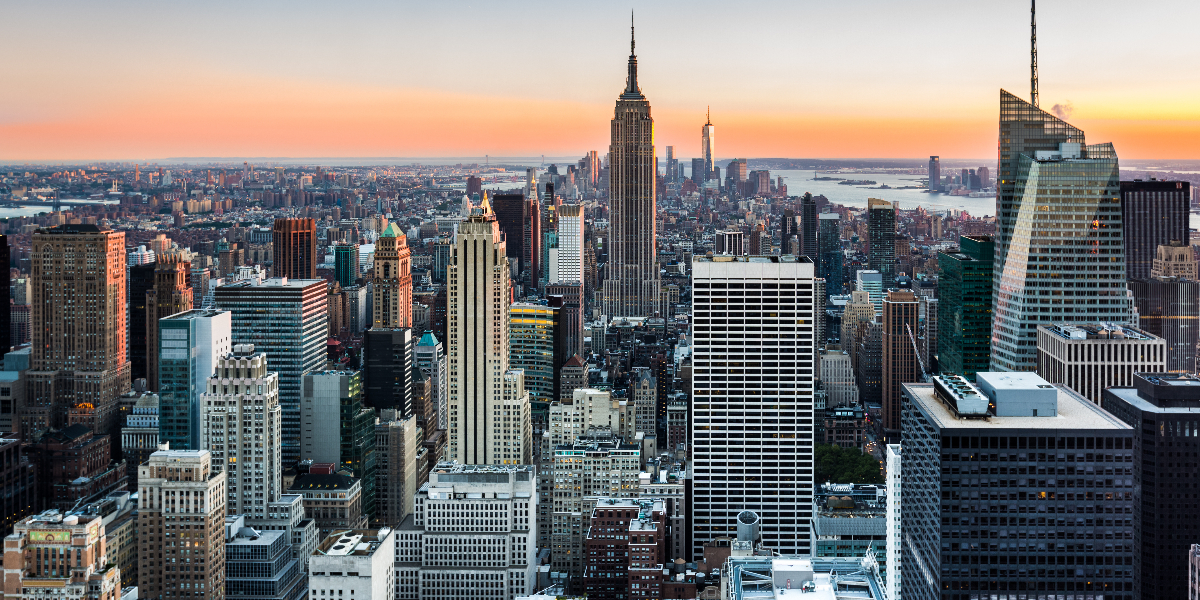The Fed — The Federal Reserve has taken dramatic steps to combat inflation for more than a year, hiking bank lending rates eleven times in total. As a result of the increases, many consumer rates have risen.
The rate hikes are intended to curb inflation, and they appear to be succeeding so far.
Read also: Magic Johnson makes history as Washington Commanders co-owner in 2023
Inflation update
According to the most recent Consumer Price Index measurement, inflation was 3% in June. Meanwhile, the Fed’s preferred inflation indicator, the core Personal Consumption Expenditure Index, showed that inflation fell to 4.6%.
Regardless, both numbers remain well over the Fed’s 2% objective, indicating that the US central bank is unwilling to lighten off on rate rises.
“Despite the euphoria over inflation coming down from 9.1% to 3% in the past year, the trend on core inflation readings – which exclude volatile food and energy components to provide a better read on inflation trends – is much less impressive,” said Greg McBride, the chief financial analyst of Bankrate.com.
“We may be waiting for a protracted period of cooling inflation before we see a halt to interest rate hikes,” added Michele Raneri, the vice president and head of US research and consulting at TransUnion.
The Federal Reserve highlighted three ways the latest rate rise may benefit or harm the general population on Wednesday.
Savings opportunities
As of July 17, the national average savings account interest was 0.52%, according to Bankrate. People’s money, on the other hand, can earn more in online high-yield savings accounts, particularly at FDIC-insured banks.
As of Wednesday, numerous FDIC-insured banks were charging rates ranging from 4.5% to 5%.
People who have enough money in their savings account to keep undisturbed for one month to a year can lock in a high rate by depositing it in an FDIC-insured bank.
Although the average rate on a one-year CD was only 1.58% as of July 17, there are certain one-year CDs available that pay more than 5%. Shorter-term CDs with interest rates ranging from 4% to 5% are also available. Some pay 5.35%, according to Schwab.com.
Credit card rates still high
Credit card rates are rising in lockstep with Fed rates. According to reports, card rates have been trending at more than 20-year highs in recent years.
According to Bankrate.com, the average credit card interest rate as of July 19 was 20.44%. The rate has decreased marginally from the previous week’s reading of 20.58%. Regardless, it is more than 6 percentage points more than the previous year’s average.
The average of 20.44% applies to all cardholders, even those who are never charged interest after paying their payment in full and on time every month. A closer look at persons who pay interest because they hold a monthly amount reveals that the average rate is higher. According to the Fed’s second-quarter figures, the average rate is 22.16%.
People that carry a debt will have to pay more money in interest if they merely pay the minimum required. As a result, it would take them longer to repay their debts.
“For someone with $5,000 in credit card debt on a card with a 22.16% [rate] and a $250 monthly payment, they will pay $1,298 in total interest and take 26 months to pay off the balance,” said LendingTree chief credit card analyst Matt Schulz.
“Cardholders’ best move is to assume that rates will continue to rise, and use that as further motivation to continue to knock down their credit card debt.”
Finding a suitable balance-transfer card with an initial 0% rate for over 21 months and paying what they owe in the months before the 0% rate expires is an option for credit card customers. Otherwise, the remaining balance would be liable to a greater interest rate than before they transferred their balance.
Mortgage cost remains high
Almost everything housing-related (purchasing, upgrading, and even borrowing against a home) consumes a sizable amount of people’s income, and the cost has continuously increased.
According to Freddie Mac, the average 30-year mortgage rate was 6.78% in the week ending July 20, down from 6.96% the previous week. Regardless, it is higher than the 5.54% rate recorded in 2022.
People who take up a $350,000 30-year fixed-rate mortgage now would pay an additional $281 per month compared to what they would have owed if they took out the loan in 2022 at 5.54%. This amounts to an additional $101,600 over the life of the loan.
People who are about to purchase a property may want to be prepared for potential rate increases. If they can afford the loans, it is best to lock in the lowest fixed rate offered.
Furthermore, mortgage rates are not directly linked to the Fed’s overnight lending rate. They instead follow the yield on the 10-year US Treasury note. The note’s yield reflects investor opinion for the economy and inflation.
If inflation continues to fall, the 10-year yield may fall as well, causing mortgage rates to fall.
Meanwhile, fixed-rate equity loans and variable-rate lines of credit are closely related to Fed actions. According to Bankrate, the average national rate for a home equity loan is 8.47% as of July 25. Meanwhile, the average interest rate on a home equity line of credit is 8.58%.
The rate that people can obtain depends on a number of things, including:
- The size of the loan
- Credit score
- How much equity they have in their home
- Income
People who have utilized a home equity line of credit for home upgrades, according to McBride, can ask their lender if they can set the rate on their remaining debt, resulting in a fixed-rate home equity loan. If they are turned down, they might explore paying off the loan with a HELOC from a different lender at a lower promotional rate.






